
By Boran Zaza, Director of Communications & Development at Orchestras Canada.
It’s been three months since I returned from Berlin, where I attended Classical:NEXT (C:N), the world’s largest global gathering of art music professionals. I went to many conference sessions focused on orchestras, mainly on the topics of Innovative Leadership Models, Environmental Sustainability in Orchestras, and today’s blog post topic, Audience Trends and Tools.
It’s no secret that orchestra audiences have been aging and declining, both in Canada and globally. So, how do we bring in and retain new audiences? This was exactly what a C:N conference session entitled The Complete Audience Toolbox: A Practical Guide to Getting Larger Audiences into the Concert Hall addressed. The session was led by Danish culture consultants Cecilie Szkotak Nielsen & Søren Mikael Rasmussen from RasmussenNordic.
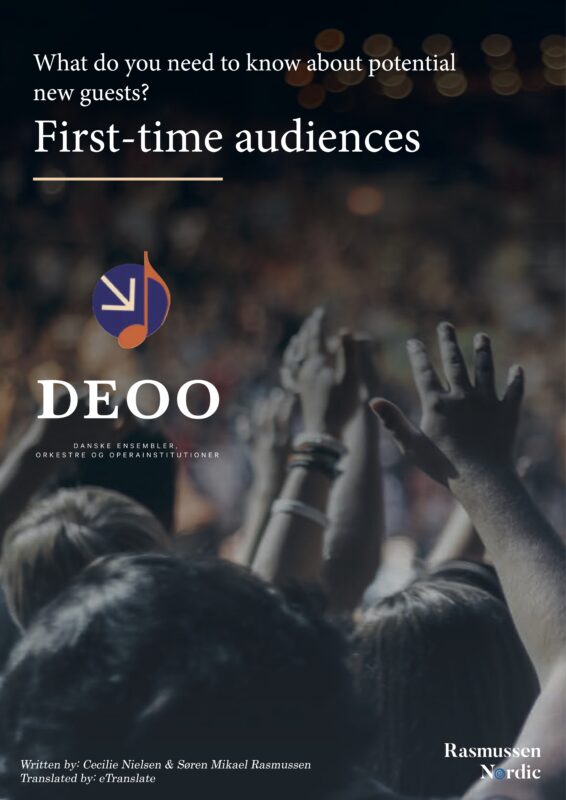 Cecilie and Søren developed the Tutti project with DEOO (Danish Ensembles, Orchestras and Opera Institutions). Over the course of their work together, ten Danish orchestras took a deep dive into audience development and the cultivation of new audiences. Their methodology was simple: they invited 28 first-time concertgoers to attend a concert and share their unfiltered experiences through extended interviews after the concerts. The result? A detailed (and downloadable!) report with extremely interesting insights that can help orchestras better understand what motivates (or demotivates) first-time ticket buyers to return for a second (third…fourth…fifth) orchestral experience.
Cecilie and Søren developed the Tutti project with DEOO (Danish Ensembles, Orchestras and Opera Institutions). Over the course of their work together, ten Danish orchestras took a deep dive into audience development and the cultivation of new audiences. Their methodology was simple: they invited 28 first-time concertgoers to attend a concert and share their unfiltered experiences through extended interviews after the concerts. The result? A detailed (and downloadable!) report with extremely interesting insights that can help orchestras better understand what motivates (or demotivates) first-time ticket buyers to return for a second (third…fourth…fifth) orchestral experience.
This project and report reminded me of a similar experiment led by Aubrey Bergauer and the California Symphony in 2016-17 called Orchestra X. In that experiment, the orchestra invited millennial and young Gen-Xers (otherwise largely absent from the California Symphony’s audiences) to attend a few California Symphony concerts and then debrief on their experiences – as a group – over pizza and beer. The process and findings are documented in a pair of posts on Medium: Introducing Orchestra X and Orchestra X: The Results.
Back to the Tutti project & report: the report identified several barriers that made the selected participants not want to come back after their concert experience. In response, Danish orchestras and RasmussenNordic developed a set of 26 tools and 6 inspiration lists to help address barriers to entry and inspire orchestras to respond more thoughtfully to the requirements of new classical music audiences. These tools and inspirations are documented in a book called Tools for Orchestras and Ensembles: Get More Audiences.
During the conference session at C:N, Cecilie and Søren shared valuable insights from both the report and the book. Here are my top learnings from the session:
1- The brand of orchestras is… unrelatable!
Kelvin, 20, was one of the case study participants. He is interested and curious about classical music. He spends around 1000 euros per year on cultural experiences, yet classical concerts are not one of them. “I have seen the posters around town. The older severe white people with their instruments didn’t speak to me,” he said.
How can orchestras resolve this? As part of the tools in the book, RasmussenNordic suggest trying to fill the following brand promise out:
“With us, audiences will experience _______, _______ and _______.”
“We promise you _____________________.”
“Music that _____________________.”
“Experience ___________________.”
The 10 participating orchestras found these prompts hard to complete, and it’s not surprising: it takes the brand promise from orchestra-focused to audience-experience- focused. Some orchestras wondered if they would lose what differentiated them if they simply took their lead from audience members. Yet if we actually take a look at the visual images of our orchestras that we use to market our events and enhance our brand, THEY ALL LOOK THE SAME! (I proved this to myself by reviewing orchestra websites from different continents: it’s hard to argue that they promote a unique brand when the photos are almost identical. See below for proof.) In short, by listening to your audiences and centering your brand around them, you might start to stand out!
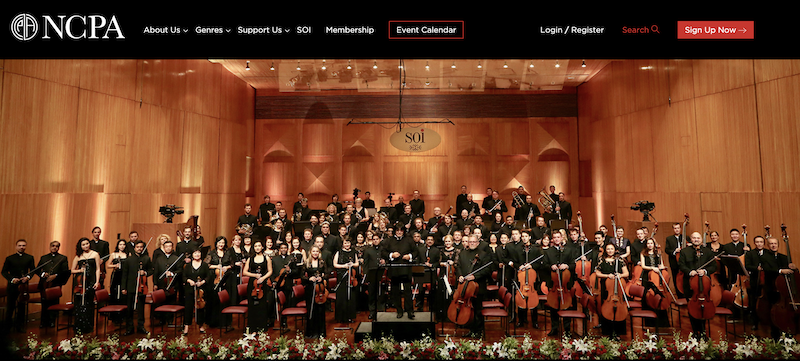
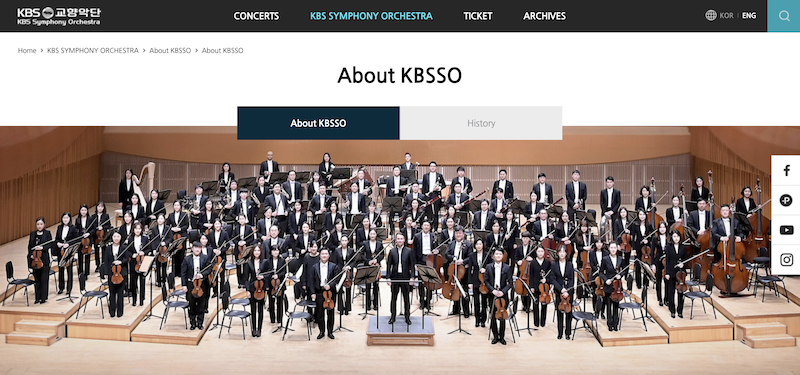
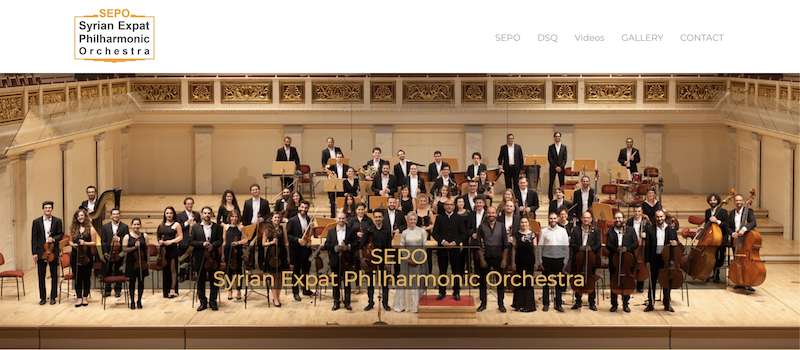
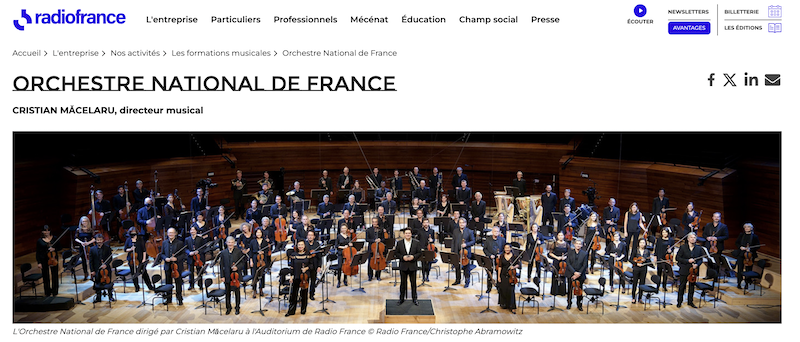
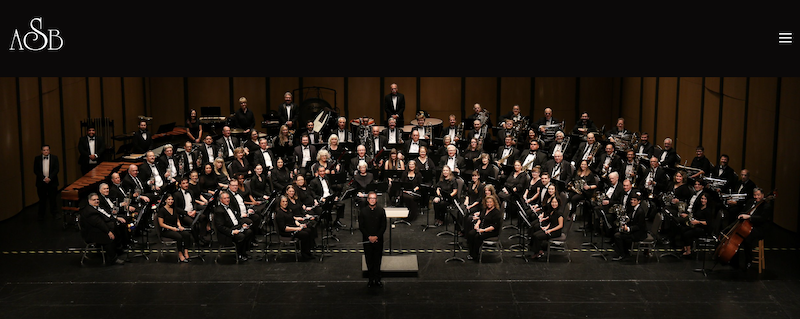
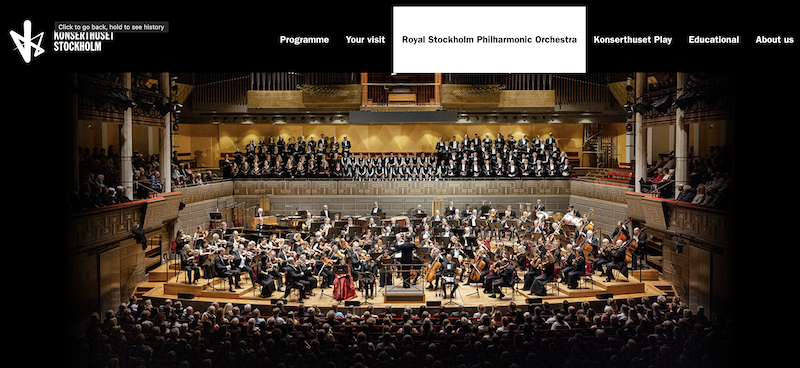
2- Artistic programming: New audiences don’t understand it
Audiences new to orchestras and classical music typically have very few tools to help them determine whether or not they will like a concert. We’re advertising pieces and composers they have never heard of, rather than enticing them with concepts that help them understand what they can expect from the concert experience. The RasmussenNordic team suggests that, instead of awkwardly super-imposing a concept onto a program at the marketing stage, (when it’s too late!) it should be an integral part of the programming work. To help with this, RasmussenNordic has developed a Concept Compass tool, which you can find below. Additionally, they suggest that marketing folks and musicians should be part of the programming process, to build understanding and commitment across the organization. That way, all parties can be part of conveying the concept to audiences new and established.
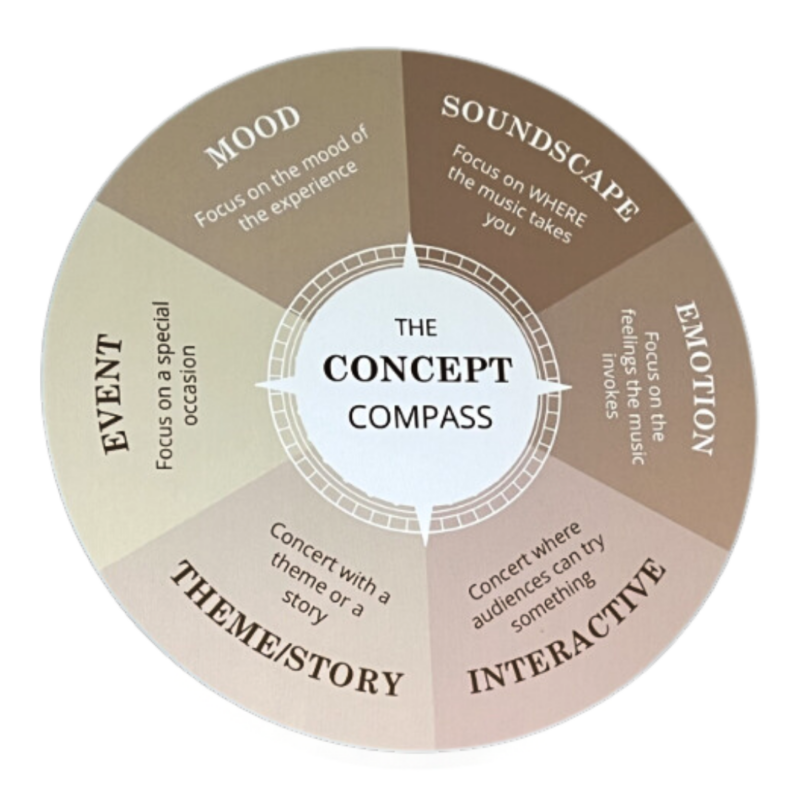
3- Storytelling is vital: are you engaging people’s imaginations?
Once you have a strong concert concept, the consultants suggest that you need an inspiring story to accompany it, to give audience members cues. Caroline, a case study participant, reported that she thought she should like classical music: but having experienced one concert, she has decided that she won’t return. She was seeking an activity that would catalyze her imagination, take her to other worlds, and help her to experience things differently. But her concert experience failed to deliver. Can we help people like Caroline experience our concerts differently?
The consultants suggest that we need to develop a great story for each concert, prompted by the inspiration behind the music, a personal anecdote, a story about the instruments, or the composer. For example, if the chosen concert concept is “At the royal ball”, the supporting story could look like this: “Come along on a journey back in time when kings feasted in castles, seated in lavish halls of marble, dressed in silver and gold. Imagine you are invited to a royal wedding. The light from chandeliers showers you in gilded splendor while lively tunes invite you to dance.”
Is your imagination provoked yet?

4- Great hosting skills are essential
First-time concert attendees typically arrive in the concert hall without being greeted or welcomed. They sit in their seats, the musicians and conductor walk on stage without saying a word of acknowledgment, and everyone – on stage and in the audience – leaves afterwards without saying goodbye. Nor are those first-time attendees invited to stay in touch.
Can we be better hosts? How? Think about the warm and memorable experiences you’ve had of being thoughtfully hosted, whether at a friend’s dinner party or at a favourite restaurant or hotel. This is the vibe you want to create. What if you offered first-time ticket-buyers help in choosing their first concert? What if there was someone greeting them with a smile when they entered, and asking them what they needed? What if you asked them after the concert “What did you think about the experience? Did you have a good time? What could we have done better? When will we see you again?”
One orchestra experimented with offering a free recording of the concert to people who signed up for their newsletter after the concert, and reported long line-ups to sign up because people loved the idea of having a souvenir to share with their family and friends. Even if we can’t offer recordings, are there ways we can help audience members sustain and share the experience we’ve created for them?

Photo: twinematics
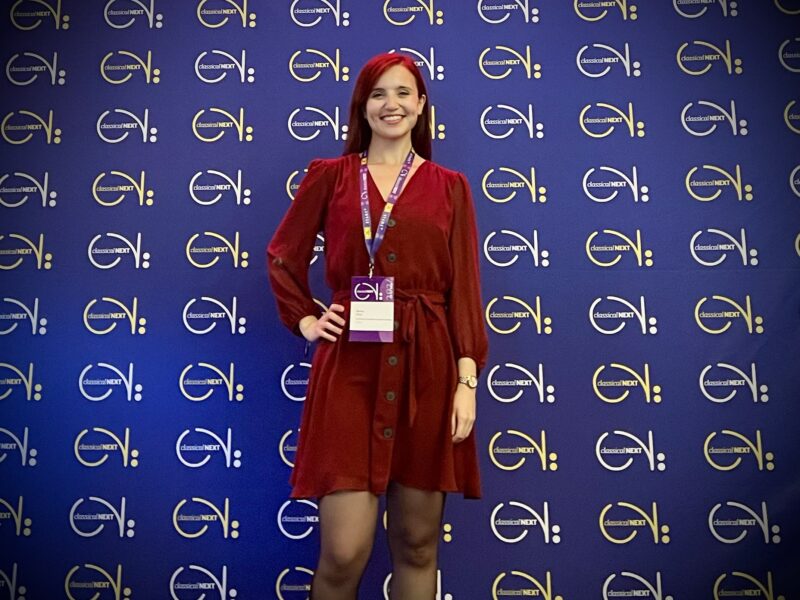
This brings to conclusion the 3-part blog post series from my time at C:N! To get a taste of the C:N experience in video format, check out the Instagram stories I posted while in Berlin! I am deeply grateful for the generous funding from the Canada Council for the Arts through the Supporting Artistic Practice: Professional Development for Arts Professionals program that made my trip to Germany to attend Classical:NEXT possible.
We acknowledge the support of the Canada Council for the Arts.







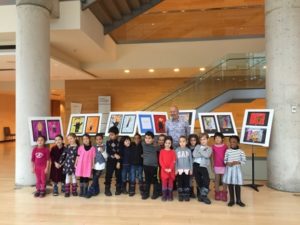 The OM at School provides an opportunity for meaningful encounters between students and musicians, in the form of workshops held in schools, and by welcoming school groups to rehearsals and concerts. Last December, the art works of some 15 kindergarten students at École Notre-Dame-des-Neiges embellished the foyer of the Maison symphonique. The students, who attended the dress rehearsal, were able to see their works on display, and to present one as a gift to conductor Yannick Nézet-Séguin. In preparation for the outing, the students had learned about Schumann’s Piano Concerto, one of the works on the program, and were paid a visit by the OM’s artistic partner, conductor Nicolas Ellis, who answered their questions.
The OM at School provides an opportunity for meaningful encounters between students and musicians, in the form of workshops held in schools, and by welcoming school groups to rehearsals and concerts. Last December, the art works of some 15 kindergarten students at École Notre-Dame-des-Neiges embellished the foyer of the Maison symphonique. The students, who attended the dress rehearsal, were able to see their works on display, and to present one as a gift to conductor Yannick Nézet-Séguin. In preparation for the outing, the students had learned about Schumann’s Piano Concerto, one of the works on the program, and were paid a visit by the OM’s artistic partner, conductor Nicolas Ellis, who answered their questions.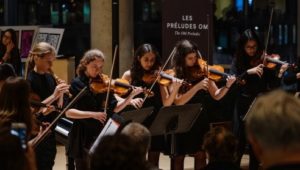 Playing it Forward aims to provide a forum for young musicians and to support their development through mentoring, master classes and other activities. The
Playing it Forward aims to provide a forum for young musicians and to support their development through mentoring, master classes and other activities. The